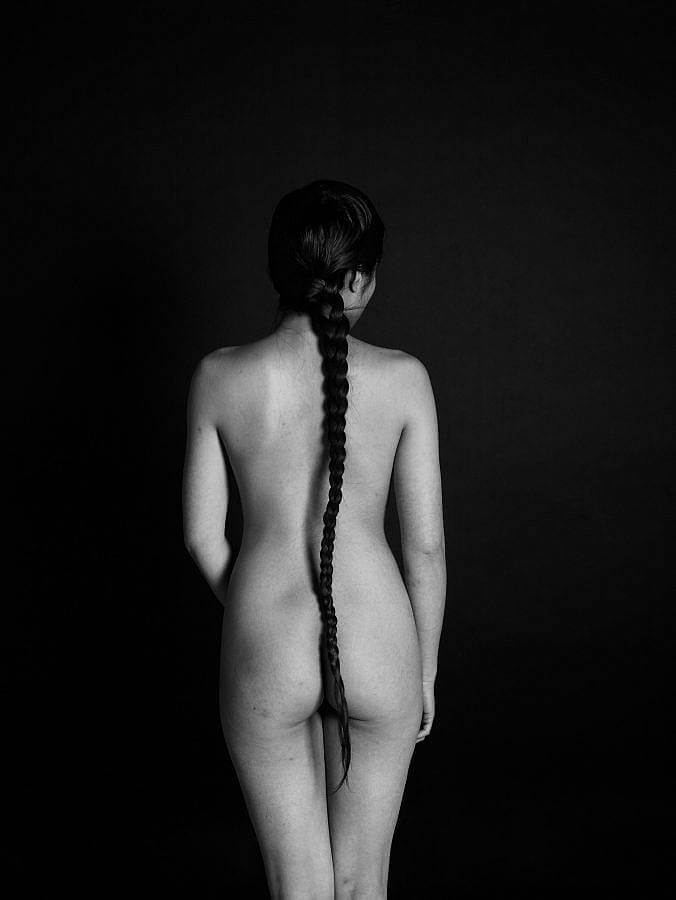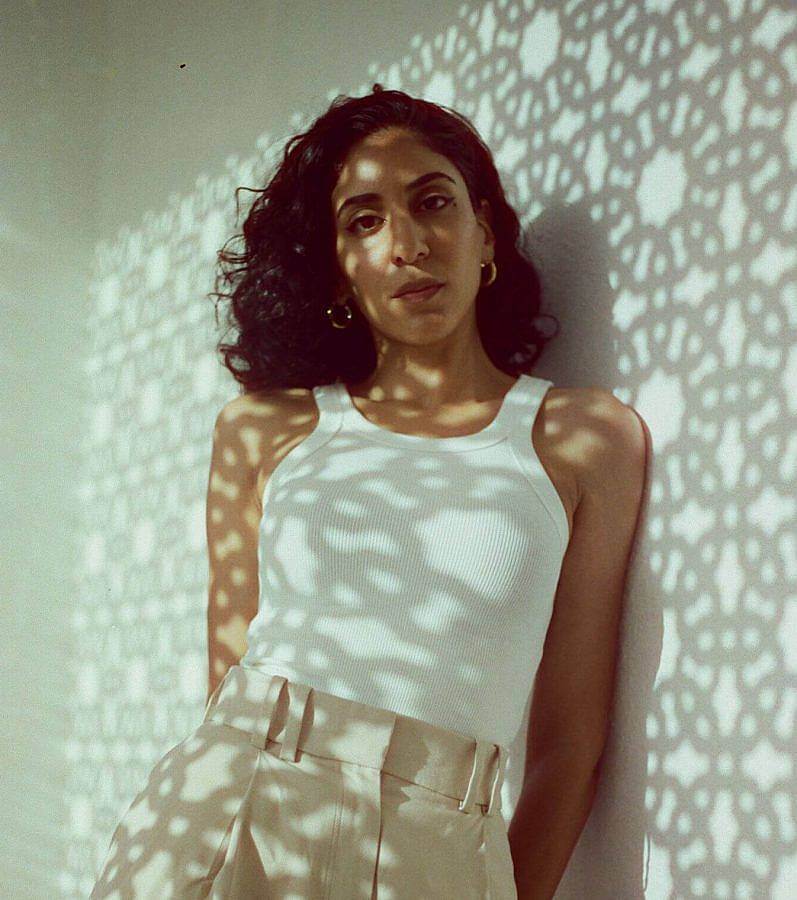Tell us a little bit about yourself, your background, and your practice.
I’m an Omani-Bahraini visual artist. Born in London and grew up in Oman, a beautiful country located in the southeastern coast of the Arabian Peninsula. I chose photography as my medium for creative expression because I am pretty crap at drawing.
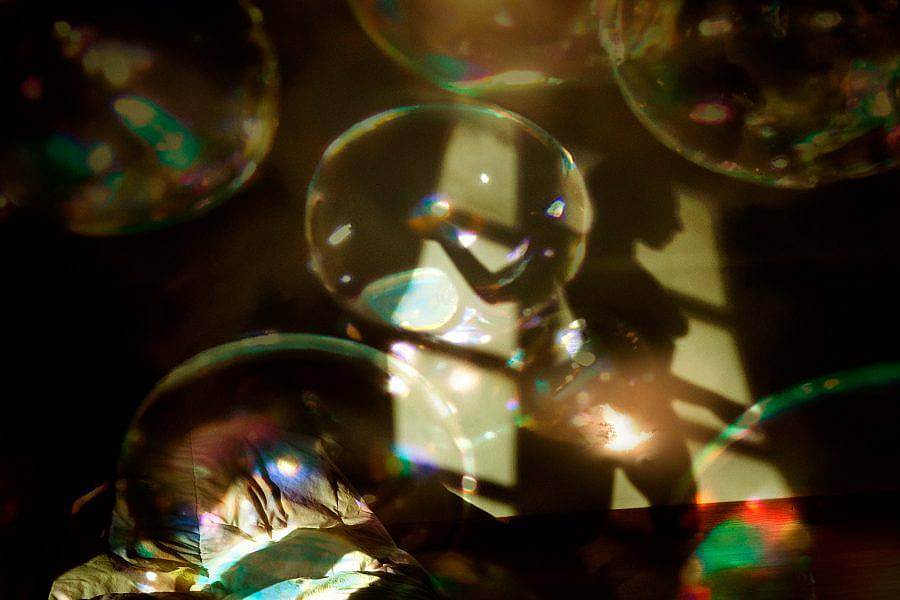
What/who is influencing your work right now?
The writer Robert Macfarlane and ancient Sumerian mythology.
What is one of the bigger challenges you and/or other artists are struggling with these days and how do you see it developing?
I believe funding opportunities for artists from the Arab world, particularly those in the Gulf countries, are insufficient. While some funding bodies exist, their selection process seems to favor specific demographics without openly acknowledging it. Even though they claim to be fair, their preferences show through in who they decide to back. Sadly, there’s this idea that artists from the GCC have it easy financially, which isn’t always true. But honestly, it shouldn’t matter; the work/ideas should speak for itself.
What are some recent, upcoming or current projects you are excited about?
I’ve been pouring my heart into my first series of sculptures, and I can’t wait to share them later this year. Alongside that, I’ve been working slowly on a deeply personal and healing project with my mum, which will be the focus of my next photobook. I’m going to my dream place in the fall to do an artist residency and I’m over the moon about it! This year is going by so fast, but I’m already so excited for all the new adventures waiting for me next year. I’ve got plans to relocate to a new city, and it’s funny because it’s somewhere I never thought I would like but I recently spent sometime there and got such a good vibe from the place. I see it as an opportunity to explore new creative paths and be closer to nature every day. For now, I’m just taking each day as it comes and letting life surprise me along the way.
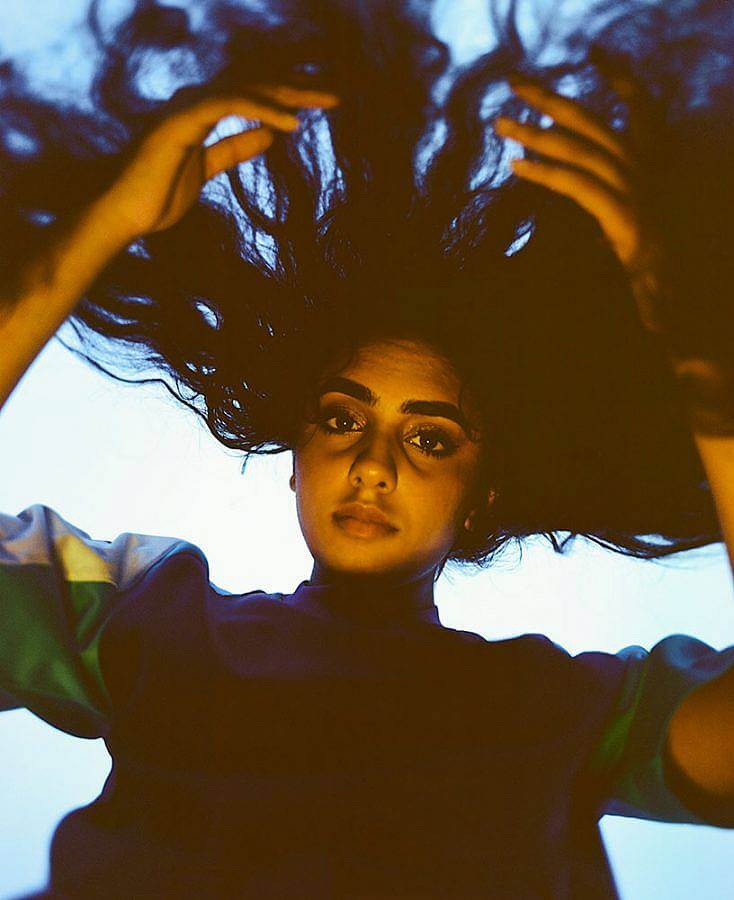
Do you have any daily rituals?
For someone like me who craves a sense of stability I’ve found that daily rituals can be a lifeline. I’ve recently adopted a new routine that centers around the Ayurvedic clock. It’s this very simple concept that helps align our internal rhythms with the natural world outside. My mornings are particular important to me. The day starts just before sunrise with morning prayer. After that, I light up some frankincense because the scent feels like a warm hug from home. It’s a tradition I’ve carried from my Omani upbringing, and it really sets the tone for an hour of quiet reflection and meditation. After reading a few pages from my current book, I hit the gym or go for a swim, energizing my body for the day ahead. When I’m back home, I have breakfast, a refreshing shower, and tend to any chores before starting work at 10 am. I’m someone who loves to keep active, but I’m not a fan of rushing. That’s why I value slow, peaceful mornings—they ground me and get me ready for whatever the day brings.
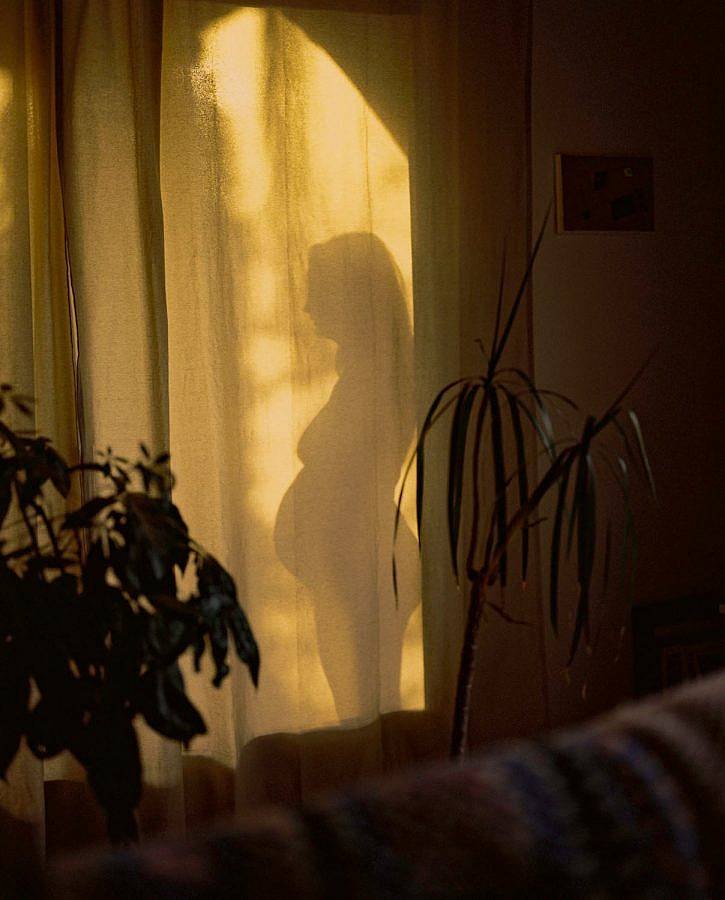
What catalyzed your current practice and how do you see it developing in the future?
I always feel this strong urge to express what’s inside me, and I think it stems from a time when I used to keep everything bottled up inside. It wasn’t until I discovered art that I found a way to let it all out. My artwork is like a living thing, always evolving because I just can’t stop exploring. I’m endlessly fascinated by everything around me and I get super excited about pushing my creativity to its limits. Lately, I’ve been getting my hands dirty with sculpting, and there’s something about shaping art with my own two hands that really speaks to me. I’m definitely interested to dive deeper into that tactile world and see where it takes me.
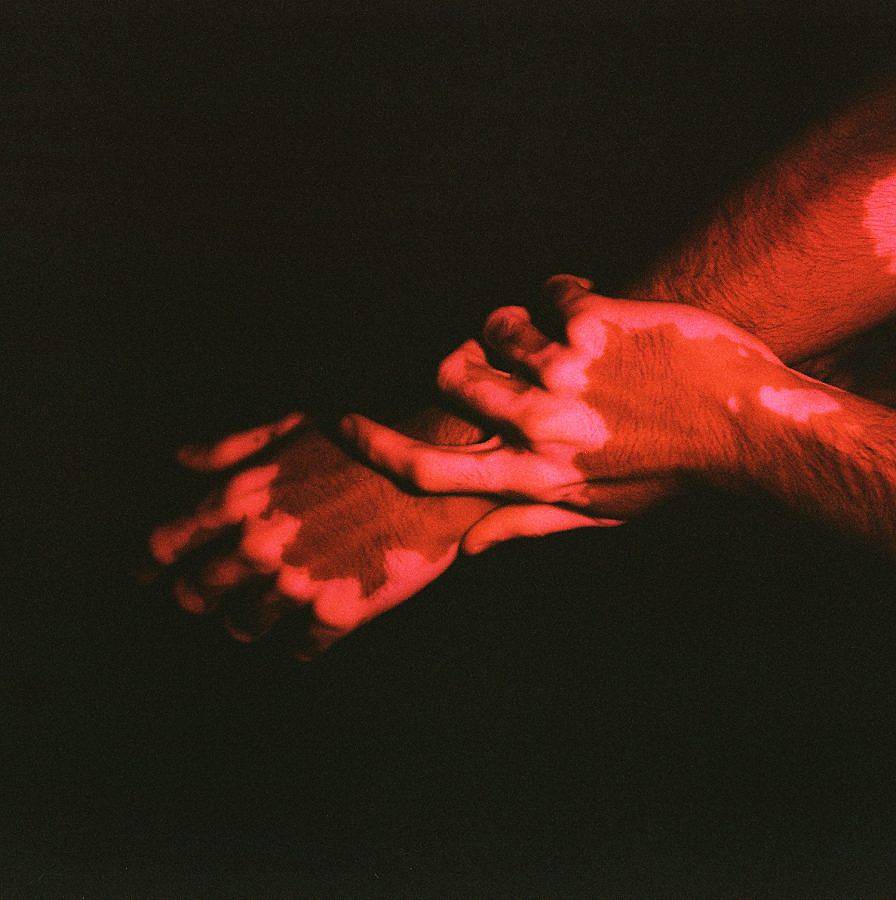
If you had to explain your work to a stranger, what would you say?
I really don’t like talking about myself so I prefer to remain silent and let my work speak for itself, allowing others to experience it firsthand.
Who or what has been the most instrumental in your growth and development as an artist?
Fear. Fear has been a significant force in shaping my growth as both an individual and an artist. It’s this fear that pushes me to step into the unknown and embrace uncertainty, rather than letting it hold me back. Through this process, I’ve learned to trust in the journey more, even when things don’t turn out as expected. With time I’ve learnt to fully accept that each experience, whether successful or not, offers valuable lessons and opportunities for growth. And growth, for me, is essential – both personally and professionally. Without it, I feel like I’m stagnating, slowly fading away.
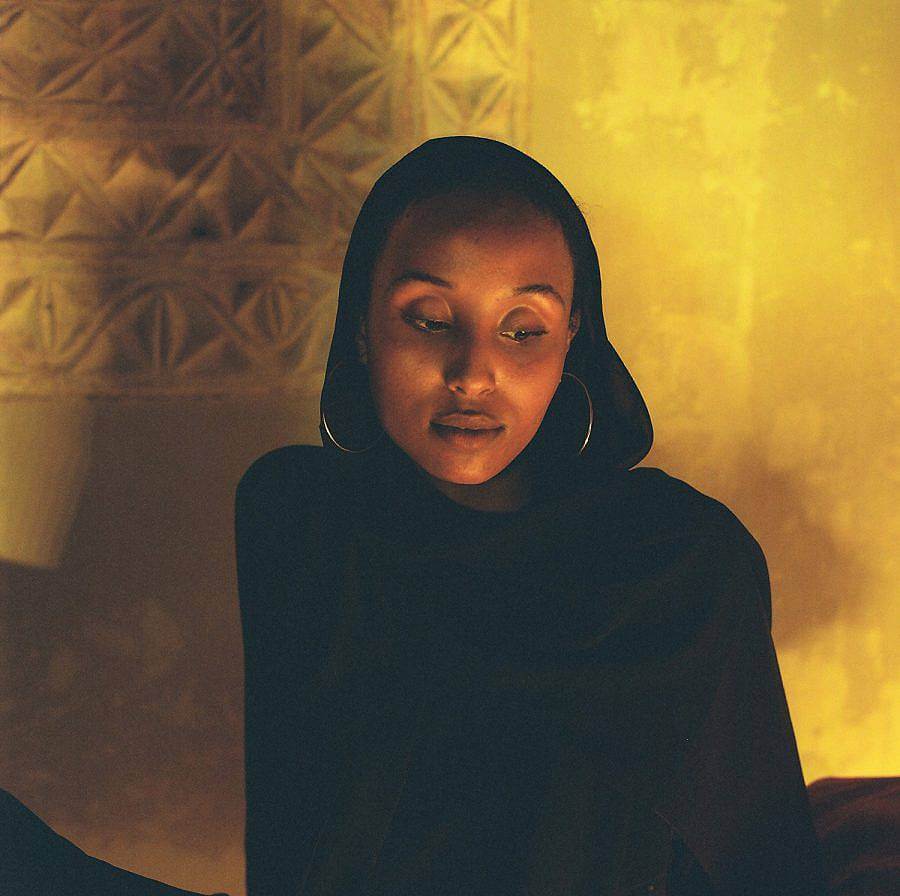
If you could go back in time and experience one day in history, which day would that be?
January 31, 1993 the day Michael Jackson performed at the Super Bowl.
What is your most controversial take?
Well, I used to be a Beyoncé fan, but not anymore.
Your work portrays a close intimacy with the body. How do you utilize corporal gestures to tell stories?
I’ve always felt this deep connection with the body – my own body and others’. I see it as a vessel for storytelling in itself. I find that corporal gestures offer this incredibly intimate way of communicating emotions and experiences. It’s like each movement, each subtle shift, carries its own narrative weight. Whether it’s the tension in a muscle, the grace of a gesture, or the vulnerability in a posture, these nuances speak volumes about the human experience. As a photographer I’m not only painting with light but also with movement. Through these gestures, I hope to create a sense of intimacy and vulnerability that resonates with viewers on a deeply personal level, inviting them to step into the narrative and experience it for themselves.
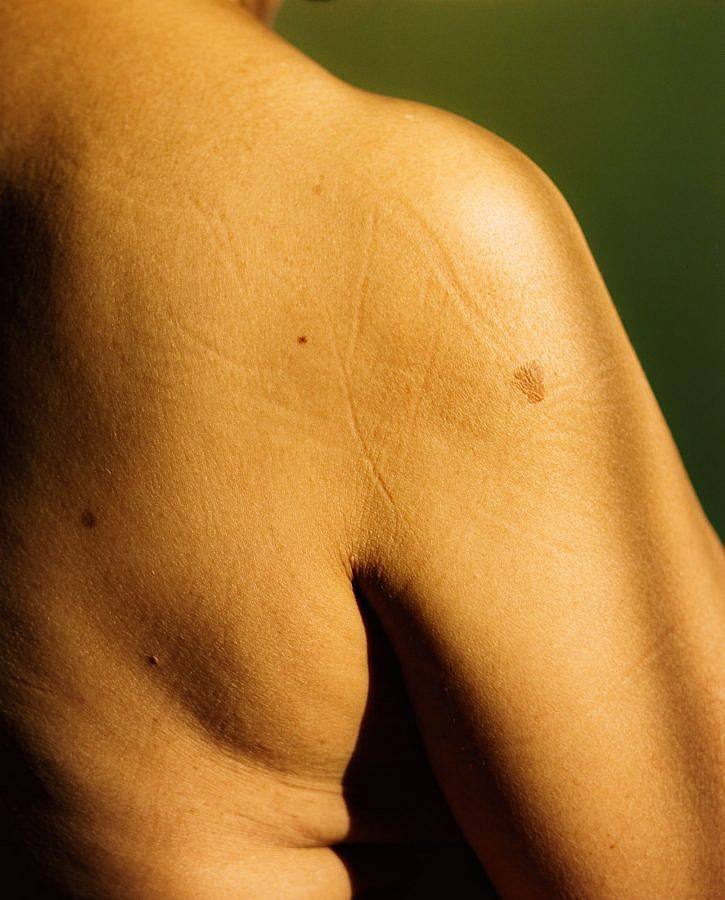
In the face of the overwhelming despotism and devastation occurring in Palestine, what outlets or places do you turn to that serve as a haven?
Every day, I find solace in prayer, seeking guidance from God to come to terms with the genocide that is being inflicted on the Palestinians by Israel. In my prayers, I hold in my heart all Palestinians—those who have passed, those who endure, and those yet to come. I also pray for the oppressors, hoping that their hearts may open. Because when your heart is filled with love and kindness, there’s no room for inflicting pain on others. It’s the only way I can navigate through the overwhelming devastation of it all.
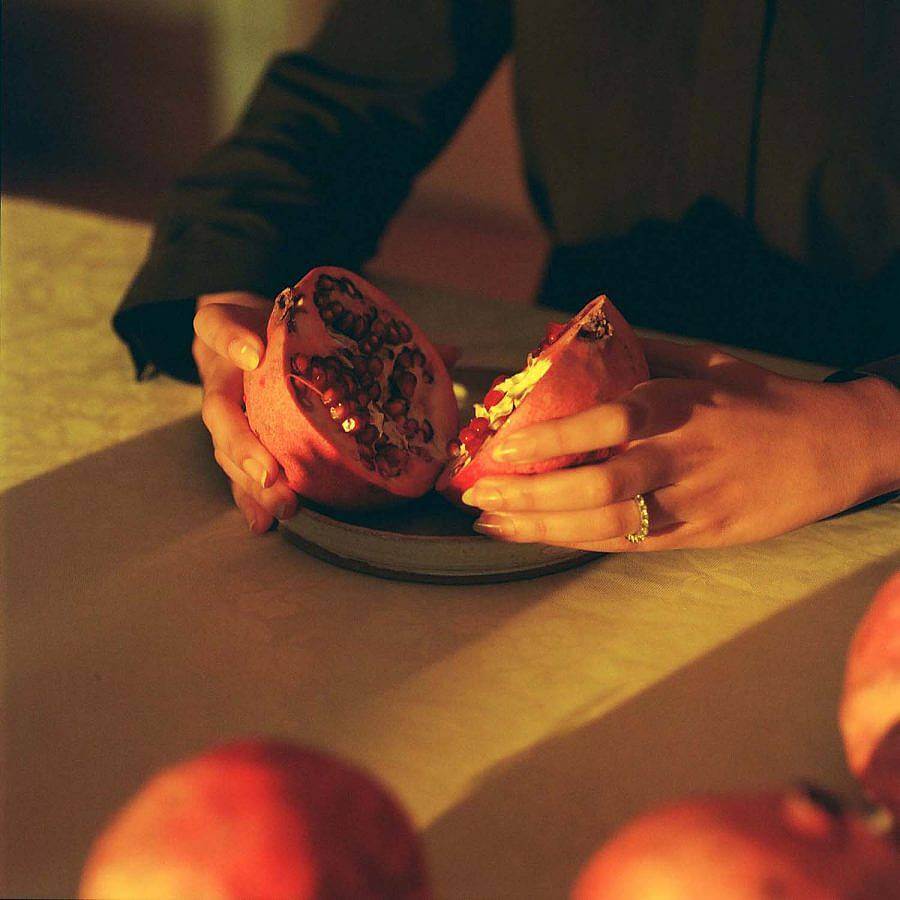
What is one of your favorite stories/lore from the Khaleeji culture?
Growing up in Oman, there was this spooky tale that always freaked me out when we went camping—the legend of “Um Hmaar,” or the Donkey Lady. It was said that she lurked by the mountains, luring unsuspecting wanderers with her beauty. But when she revealed her legs, they were donkey hooves instead of feet! It was believed to be a jinn, and encountering her meant doom. Oman is rich with these eerie myths, and I’ve always been captivated by them.
In what ways have your values changed and remained the same throughout your career?
During the pandemic, I had plenty of time to think about what’s really important to me. I reflected on my values and my Sufi teacher helped me combine them into one key value. It’s like my North Star, helping me stay true to myself and live with integrity through everything life throws my way. I’m immensely grateful for the clarity it has brought to my life.
